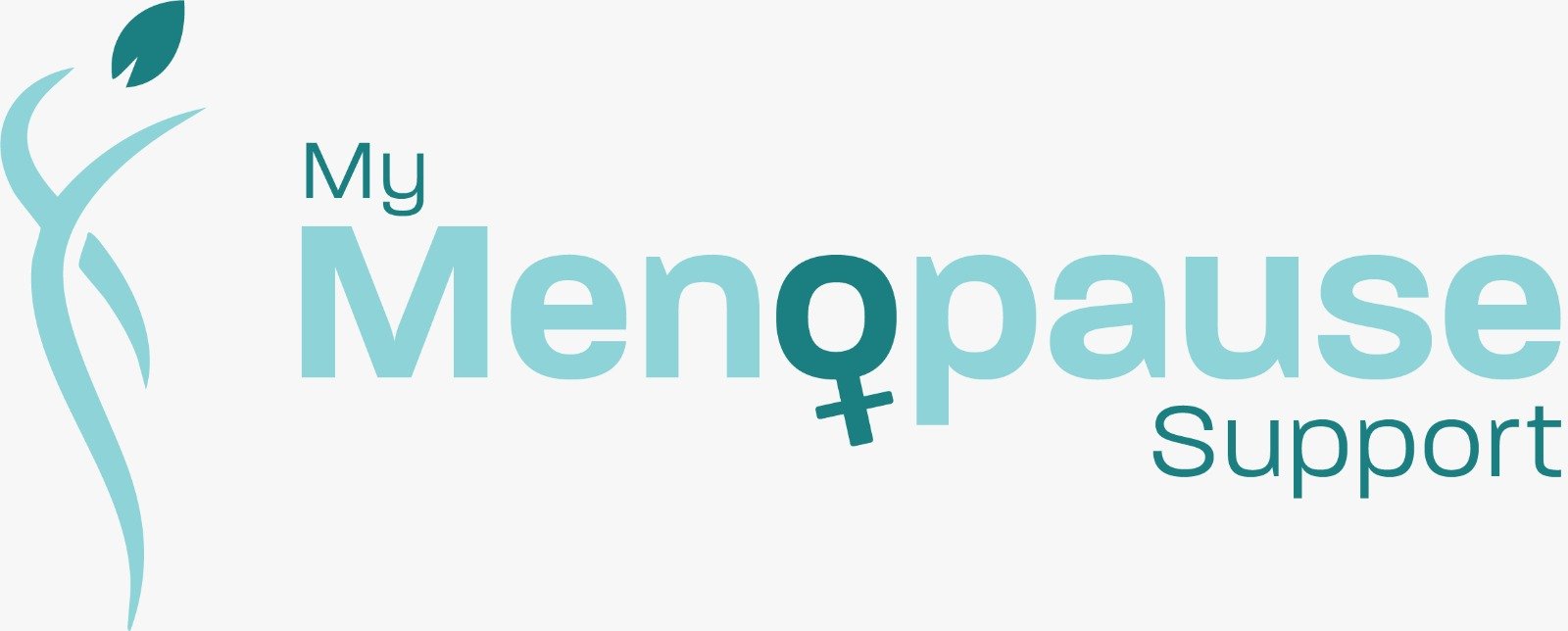Understanding HRT
Understanding Hormone Replacement Therapy (HRT)
What is Hormone Replacement Therapy (HRT)?
Hormone Replacement Therapy, or HRT, is a medical treatment designed to supplement the hormones your body is no longer producing in sufficient amounts during perimenopause and menopause. Think of it as topping up your body’s reserves to restore hormonal balance. The primary goal of HRT is to relieve the often debilitating symptoms of menopause, but its benefits extend far beyond that, playing a crucial role in protecting your long-term health.
For decades, HRT has been the subject of confusing headlines and misinformation. My goal is to cut through that noise and provide you with a clear, modern, and evidence-based understanding of what HRT is, how it works, and how it can be a safe and life-changing treatment for the right person.

The Hormones We Use
The Building Blocks of HRT
Your personalized HRT plan will be a combination of hormones tailored to your specific needs, symptoms, and medical history. The main hormones involved are:
Estrogen
Estrogen is the primary female sex hormone and the key component of HRT. Its decline is responsible for most menopausal symptoms, and replacing it helps relieve hot flushes, night sweats, sleep problems, brain fog, and mood changes. It also maintains the health of vaginal and urinary tissues to prevent dryness and discomfort, while providing strong protection for your bones, significantly lowering the risk of osteoporosis.
Progesterone / Progestin
Progesterone is the protective hormone used in HRT. If you still have a uterus, taking estrogen on its own can cause the lining of the womb (the endometrium) to thicken, raising the risk of uterine cancer. To prevent this, progesterone or a synthetic version called progestin is prescribed alongside estrogen to keep the lining thin and safe. If you’ve had a hysterectomy, progesterone is usually not required.
Testosterone
Testosterone, though often thought of as a male hormone, also plays an important role in women’s health, and its levels naturally decline during menopause. For some women, even when estrogen levels are well balanced, symptoms like low libido, reduced energy, brain fog, and loss of muscle mass can still persist. In such cases, a small, carefully monitored dose of testosterone may be added to HRT, which can significantly improve vitality, energy, and overall wellbeing.
Is HRT Safe?
A Modern, Evidence-Based Perspective
This is the most important question for many women, and rightly so. Much of the fear surrounding HRT stems from a single large study from over 20 years ago (the Women’s Health Initiative), which used older types of hormones in an older population. Medical understanding has advanced significantly since then.
Here is what we know today:
- For most healthy women under the age of 60 and within 10 years of their last period, the benefits of starting HRT outweigh the risks.
- Modern HRT is different. We now predominantly use "body-identical" hormones, which are structurally identical to the ones your body produces.
- The method matters. Using estrogen through the skin (transdermally) as a patch, gel, or spray has been shown to have the lowest risk profile, particularly concerning blood clots, compared to oral tablets.
- The decision is always individual. A thorough consultation with a menopause specialist is essential to assess your personal and family medical history and conduct a comprehensive risk assessment.


Frequently Asked Questions
It was very comfortable talking to Dr Dudeja about the symptoms I have been experiencing. She made me feel at ease so I could explain everything in detail.
I was made to feel at ease and comfy very quickly which helped me relax and explain my struggles and symptoms .

